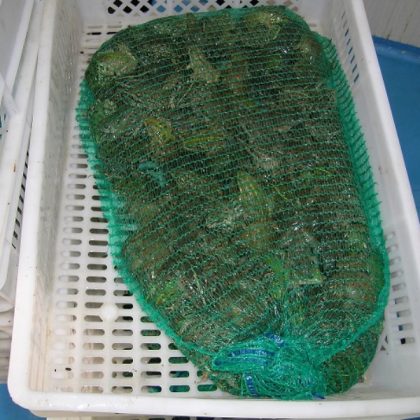The ups and downs of life for parasitic worms
The March paper of the month from Parasitology is ‘The ups and downs of life: population expansion and bottlenecks of helminth parasites through their complex life cycle’ by Robert Poulin and Clément Lagrue. In this article Professor Robert Poulin from the Department of Zoology at the University of Otago, New Zealand discusses the research.
“For many parasitic worms with complex life cycles, life is just a series of major transitions, each involving a major morphological change accompanied by a switch from one host to a completely different one. These make the tadpole-to frog and the caterpillar-to-butterfly transitions seem like walks in the park. Transitions from one life stage to the next are risky affairs for parasites. For instance, consider parasites like trematodes that must leave the comfort of the snail they used as their first host, and swim in search of the second host in their life cycle. What proportion of these tiny free-swimming parasites successfully locate and penetrate their next host? The odds appear stacked against them. Later in their life, after those few lucky ones have settled nicely in their second host, trematodes must then await the consumption of that host by the predator that serves as their final host if they are to reach adulthood. What are the chances they get ingested by a suitable predator for the last part of their development? Common sense suggests that parasites incur huge losses at each of these transmission steps, but data from the field have been lacking to test this supposition.
Parasites have evolved some adaptations to counter the odds against them. For example, trematodes can multiply asexually inside their snail first host, producing thousands of genetically identical copies of themselves before embarking on the next stage of their life journey, and leaving the snail to seek their next host. Is this asexual multiplication sufficient to counter the losses incurred while seeking the next host? Again, no field data were available to verify this.
We set out to measure the increases and decreases in the numbers of individuals in a parasite population from one life-cycle stage to the next under natural conditions. Specifically, we tested whether asexual multiplication of trematodes in their snail host resulted in more individuals reaching the next life stage, and whether transmission via predation from one host to the next was associated with a drop in the size of a parasite cohort. We used data on multiple species of parasitic trematodes, nematodes and acanthocephalans, that we collected in New Zealand lake ecosystems.
We found that the asexual multiplication of trematodes in their snail host resulted in a 4-fold increase of the cohort size at the next life stage. This means that, on average, out of the thousands of genetically identical copies of itself a trematode makes, only about four reach the next host. Still, the asexual multiplication more than compensates for what must be very low transmission success by the tiny free-swimming infective stages. In the case of transmission via predation from one host to the next, or trophic transmission, we did not find the massive drop in cohort size we anticipated, possibly because it is difficult to correct for the different lifespans of the parasites in their different host species. Nevertheless, our data provide the first attempt at tracking transmission success through changes in the size of successive parasite cohorts in the field, and they shed some light on the strength of the selective pressures that have led to the many wonderful adaptations shown by parasites.”






